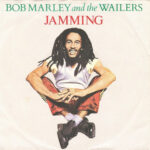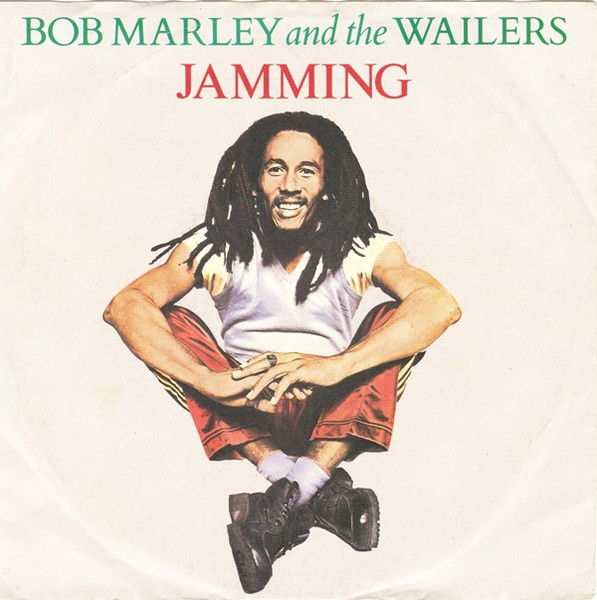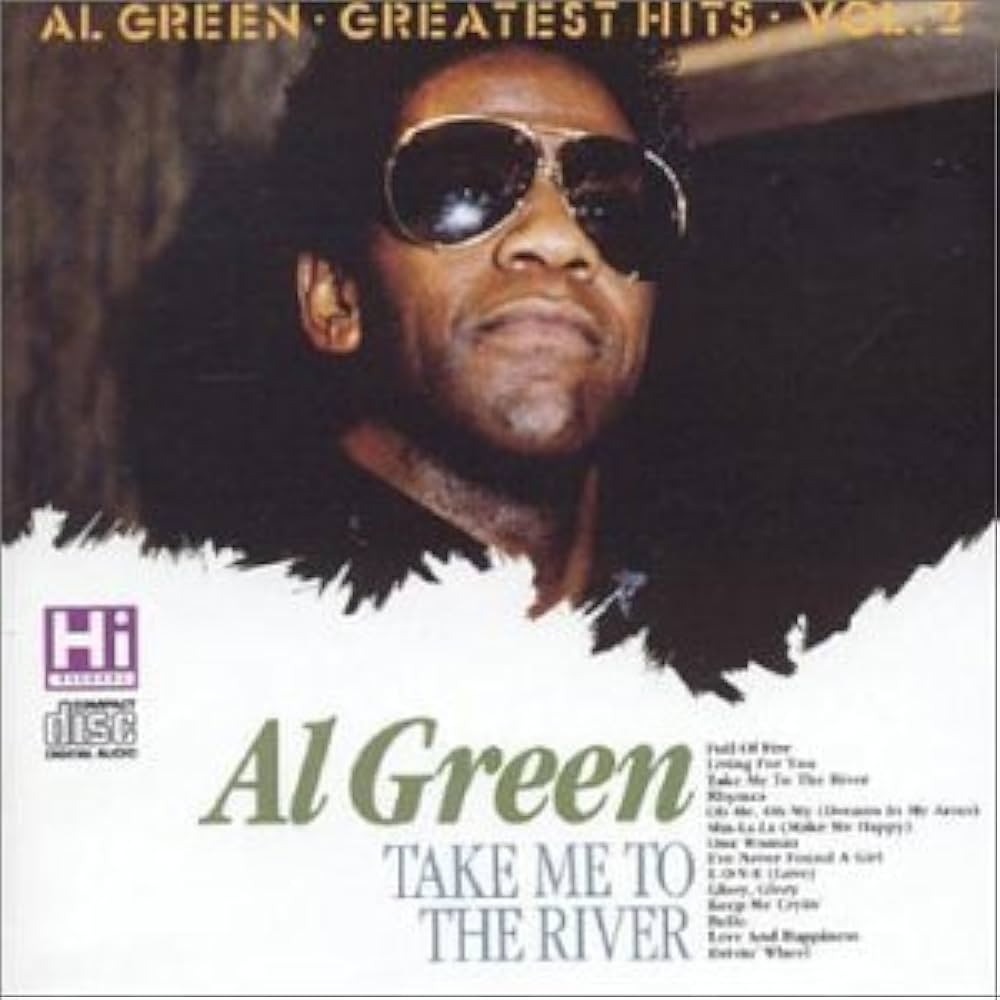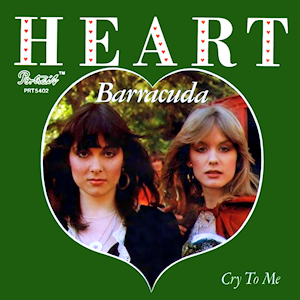 Few songs capture the essence of Bob Marley quite like “Jammin’,” the vibrant, uplifting track from his 1977 album Exodus. It is a song that embodies the warmth, positivity, and unifying spirit of reggae while highlighting Marley’s unique ability to blend political awareness, spiritual depth, and sheer musical joy. “Jammin’” is more than just a feel-good anthem; it is a cultural statement, a musical embrace, and a reminder of why Bob Marley remains a global icon decades after his passing.
Few songs capture the essence of Bob Marley quite like “Jammin’,” the vibrant, uplifting track from his 1977 album Exodus. It is a song that embodies the warmth, positivity, and unifying spirit of reggae while highlighting Marley’s unique ability to blend political awareness, spiritual depth, and sheer musical joy. “Jammin’” is more than just a feel-good anthem; it is a cultural statement, a musical embrace, and a reminder of why Bob Marley remains a global icon decades after his passing.
In “Jammin’,” Marley created a soundscape that transcends time and geography. The song’s infectious groove, celebratory lyrics, and subtle political undertones invite listeners to experience not just music but a feeling—a communal, almost spiritual, experience that captures the heart of reggae and the enduring legacy of one of music’s most influential figures.
Bob Marley: The Voice of a Movement
To appreciate “Jammin’,” it is essential to understand the man behind it. Born Robert Nesta Marley in 1945 in Nine Mile, Jamaica, Marley emerged from humble beginnings to become the voice of a nation and, eventually, the world. Through his music, he spoke to the struggles of the oppressed, the joys of freedom, and the spiritual power of unity.
By the mid-1970s, Marley and his band, The Wailers, had become international sensations. Albums like Rastaman Vibration and Exodus elevated him from reggae artist to global ambassador of a culture rooted in resistance, spirituality, and community. Exodus, released after Marley survived an assassination attempt in Jamaica, was both a personal and political statement—a call for resilience, unity, and joy in the face of adversity. “Jammin’” sits at the center of this album as a celebration of life and togetherness, embodying the unifying essence of Marley’s music.
The Groove: Reggae at Its Finest
Musically, “Jammin’” is a masterclass in reggae rhythm and texture. The song opens with a warm, inviting guitar riff that immediately establishes the syncopated groove characteristic of reggae. Robbie Shakespeare’s bass lines and Carlton Barrett’s drums create a steady, hypnotic rhythm that feels both relaxed and unstoppable, like a heartbeat guiding listeners into movement and celebration.
The instrumentation is deceptively simple, yet it achieves a richness that belies its minimalism. The interplay between rhythm guitar, organ flourishes, and Marley’s vocals creates a layered tapestry of sound that is both soothing and energizing. It’s a musical invitation: to move, to celebrate, to join in the communal “jam.” The song’s structure, with its cyclical chord progressions and steady tempo, reinforces this feeling of continuity and unity, emphasizing music as a shared experience.
Lyrics: Celebration and Connection
The lyrics of “Jammin’” are deceptively simple but profoundly resonant:
“We’re jammin’, jammin’,
And I hope you like jammin’ too.”
At first glance, it may seem like a carefree invitation to enjoy music. But beneath the simplicity lies a deeper philosophy. Marley is advocating for joy, togetherness, and communal resilience. “Jammin’” is about more than music—it’s about connection, solidarity, and the power of shared experience.
Marley also subtly invokes social and political undertones. The notion of “jamming” extends beyond literal music—it becomes a metaphor for unity in the face of adversity, a celebration of culture, and an assertion of identity. In the context of Jamaica’s turbulent political climate during the 1970s, the song’s joy is both radical and necessary, offering hope and empowerment through communal expression.
The lyrics’ repetition reinforces this communal message. By constantly returning to the refrain, Marley creates a mantra-like quality, emphasizing the importance of persistence, resilience, and the simple act of coming together to celebrate life.
Vocal Performance: Soulful and Infectious
Bob Marley’s vocal delivery on “Jammin’” is a critical part of the song’s enduring appeal. His voice is warm, inviting, and slightly husky, carrying both intimacy and authority. Marley has the rare ability to convey joy, resilience, and spiritual depth simultaneously. Every phrase feels personal yet inclusive, as if he is singing directly to each listener while also addressing a global audience.
Marley’s phrasing and timing are impeccable. He often lingers on key words, stretching them in a way that enhances their emotional impact, while letting the rhythm of the band carry the groove forward. The result is a vocal performance that is both relaxed and compelling, mirroring the song’s lyrical themes of unity and celebration.
Instrumentation: The Heartbeat of Reggae
The Wailers’ instrumentation on “Jammin’” is both precise and expressive. Carlton Barrett’s drumming is deceptively intricate, blending the offbeat “one drop” rhythm with subtle fills that give the song motion without overpowering it. Robbie Shakespeare’s bass lines are melodic yet grounded, weaving through the song like a river guiding listeners along its current.
Keyboard flourishes, provided by Tyrone Downie, add texture and warmth, filling the sonic space without competing with Marley’s vocals. Meanwhile, rhythm guitarist Al Anderson’s muted strums emphasize reggae’s signature syncopation, creating a hypnotic push-and-pull effect that keeps the listener engaged.
Together, these elements create a sound that is relaxed yet propulsive, meditative yet joyful—a musical embodiment of the concept of “irie,” the Jamaican term for feeling good in harmony with oneself and one’s community.
Cultural and Political Context
While “Jammin’” is undeniably joyful, it also exists within a broader cultural and political context. Jamaica in the 1970s was a nation grappling with economic challenges, political unrest, and social tensions. Reggae music, particularly through the work of Marley and The Wailers, became both a soundtrack and a tool for resilience, offering hope, empowerment, and unity.
“Jammin’” reflects this dual role of music. On one level, it is a celebration, a call to dance and enjoy life. On another, it is a subtle assertion of collective identity, community, and resistance. The song’s emphasis on togetherness, expressed through both lyrics and musical arrangement, resonates as a statement of solidarity in uncertain times.
Even today, the track retains this potency. Its themes of joy, community, and resilience transcend geography and era, speaking to listeners around the world who seek connection, inspiration, and hope in turbulent times.
Legacy and Influence
“Jammin’” has endured not only as a Marley classic but also as a defining example of reggae’s global appeal. It helped cement Bob Marley’s status as an international ambassador for reggae and Jamaican culture. The song’s infectious groove and joyful message have influenced countless musicians, from reggae artists like Steel Pulse and Ziggy Marley to pop, rock, and electronic acts who incorporate reggae rhythms into their music.
Cover versions, live performances, and cultural references keep the song alive across generations. Its themes—joy, resilience, and community—remain as relevant today as they were in 1977. The song’s lasting appeal lies in its ability to make listeners feel part of something larger than themselves, a shared celebration of music, life, and unity.
Live Performances: Communal Energy on Stage
In live performances, “Jammin’” becomes a shared ritual, an invitation to participate in the collective joy that Marley’s studio recording hints at. His concerts often featured extended jams, call-and-response sections, and audience interaction, turning the song into a communal celebration.
These performances amplified the song’s impact, transforming “jammin’” from a simple recording into an experience—an embodiment of Marley’s philosophy that music is a vehicle for connection, joy, and spiritual upliftment. For fans, these performances became transformative moments, demonstrating the power of music to unite, inspire, and elevate collective consciousness.
Musical Innovation and Timeless Appeal
“Jammin’” is notable for its musical innovation despite—or perhaps because of—its simplicity. The song’s groove, instrumentation, and vocal delivery showcase the essence of reggae without clutter or excess. Its structure is straightforward, yet the subtle interplay of rhythm, melody, and phrasing creates a depth that rewards repeated listening.
The song’s timeless appeal also stems from its universality. While rooted in Jamaican culture and experience, its message is global: life is to be celebrated, challenges can be overcome, and music is a path to connection and joy. This universality ensures that “Jammin’” continues to resonate with listeners across generations, cultures, and musical tastes.
Conclusion: The Joyful Pulse of ‘Jammin’’
Bob Marley’s “Jammin’” is more than a song—it is a cultural artifact, a musical philosophy, and an enduring celebration of life. Its infectious rhythm, heartfelt lyrics, and masterful instrumentation create a soundscape that is simultaneously joyful, spiritual, and unifying.
The song exemplifies the power of reggae to inspire, uplift, and bring people together, transcending boundaries of language, culture, and geography. It reminds listeners of the simple yet profound truth that music is a force for connection, celebration, and resilience.
Decades after its release, “Jammin’” remains a timeless anthem, a testament to Marley’s genius as a musician, storyteller, and cultural ambassador. It is a song that encourages us to move, to celebrate, and to connect—an enduring invitation to experience life in harmony with others.
In the end, to listen to “Jammin’” is to feel the warmth of the sun, the rhythm of the earth, and the joy of communal celebration. Bob Marley didn’t just write a song—he created an experience, a feeling, and a philosophy, all captured in three minutes of reggae perfection. It is music that remains, quite simply, irresistibly jammin’.



